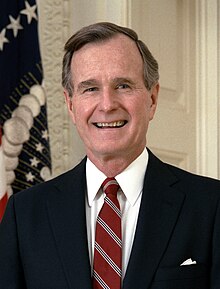
SUMMER 2024 HOURS
| Monday | 8:00 am - 5:00 pm |
| Tuesday | 8:00 am - 5:00 pm |
| Wednesday | 8:00 am - 5:00 pm |
| Thursday | 8:00 am - 5:00 pm |
| Friday | 8:00 am - 1:00 pm |
| Saturday | Closed |
| Sunday | Closed |
** Hours vary during summer session, school breaks and exams. Please call or follow us on  for updates!
for updates!
Have a Question?
Call Us: 864-587-4208
Email Us: smclibrary@smcsc.edu
Use our "Have a Question or Comment?" Form
National American Indian Heritage Month was created by President George H. W. Bush on August 3, 1990. Later, it became known as Native American Heritage Month. This bill represented a major step in the establishment of this remembrance which becan in 1976 when a Cherokee/Osage Indian named Jerry C. Elliot-High Eagle authored Native American Awareness Week legislation. This led to 1986 with President Ronald Reagan proclaiming November 20-30, 1986 as "American Indian Week".
This month intends to provide a platform for Native people in the United States of America to share their culture, traditions, music, crafts, dance, and ways and concepts of life (there is no single American Indian culture or language).

George H. W. Bush photo from Wikipedia
American Indian, Indian, Native American, or Native are acceptable and often used interchangeably in the United States; however, Native Peoples often have individual preferences on how they would like to be addressed. To find out which term is best, ask the person or group which term they prefer. When talking about Native groups or people, use the terminology the members of the community use to describe themselves collectively. There are also several terms used to refer to Native Peoples in other regions of the Western Hemisphere. The Inuit, Yup'ik, and Aleut Peoples in the Arctic see themselves as culturally separate from Indians. In Canada, people refer to themselves as First Nations, First Peoples, or Aboriginal. In Mexico, Central America, and South America,the direct translation for Indian can have negative connotations. As a result, they prefer the Spanish word indígena (Indigenous), comunidad (community), and pueblo (people).
You can find an interactive map at Native Land Digital
